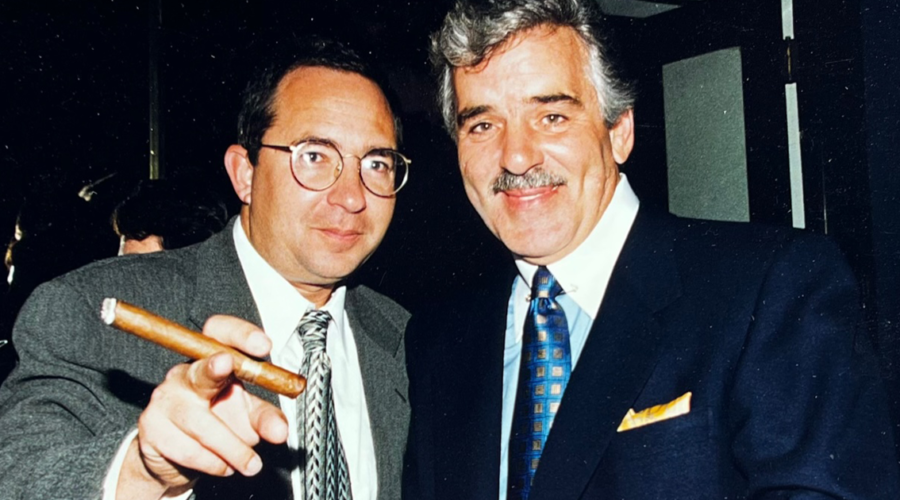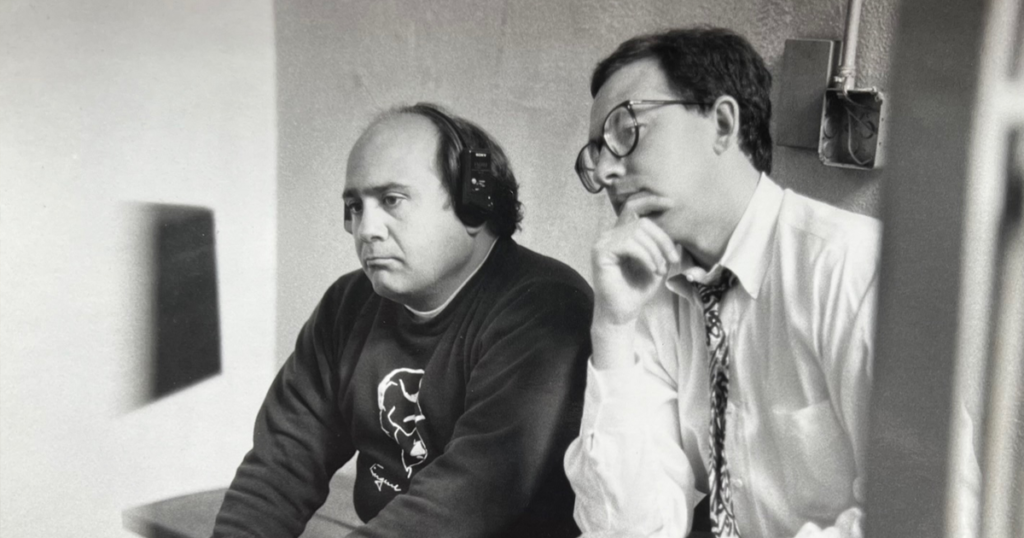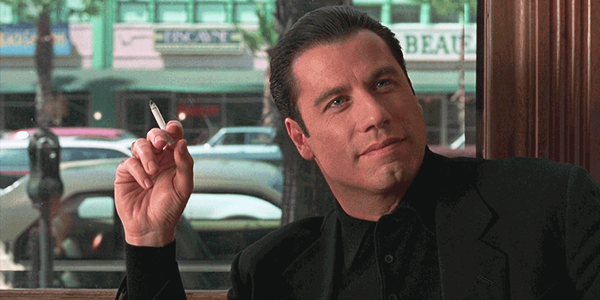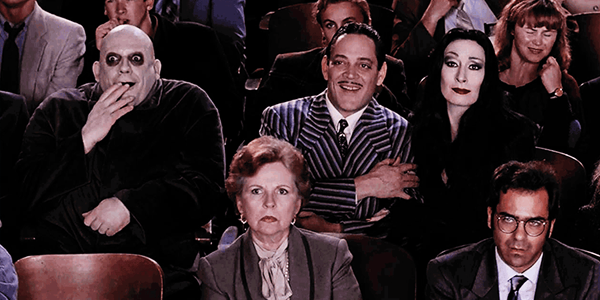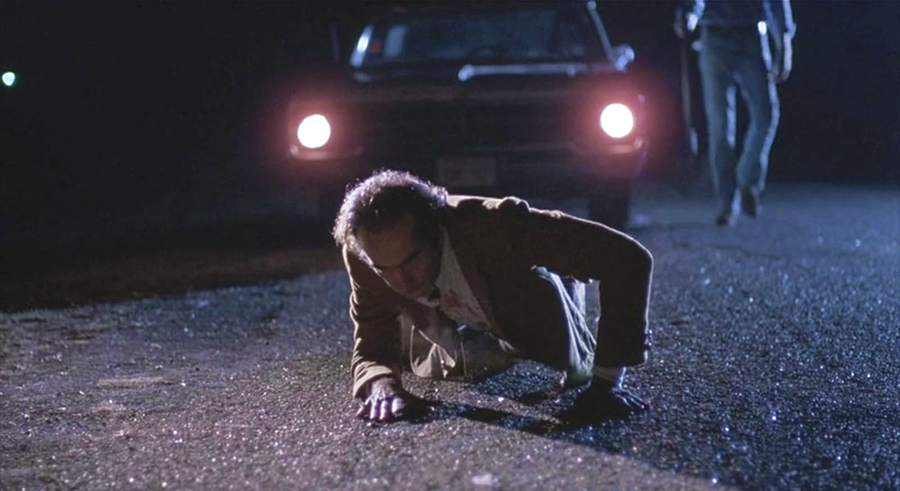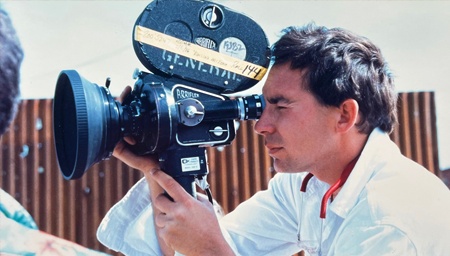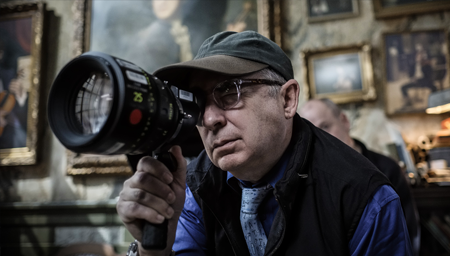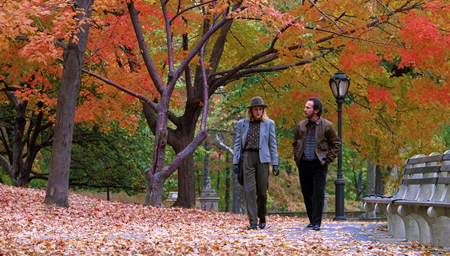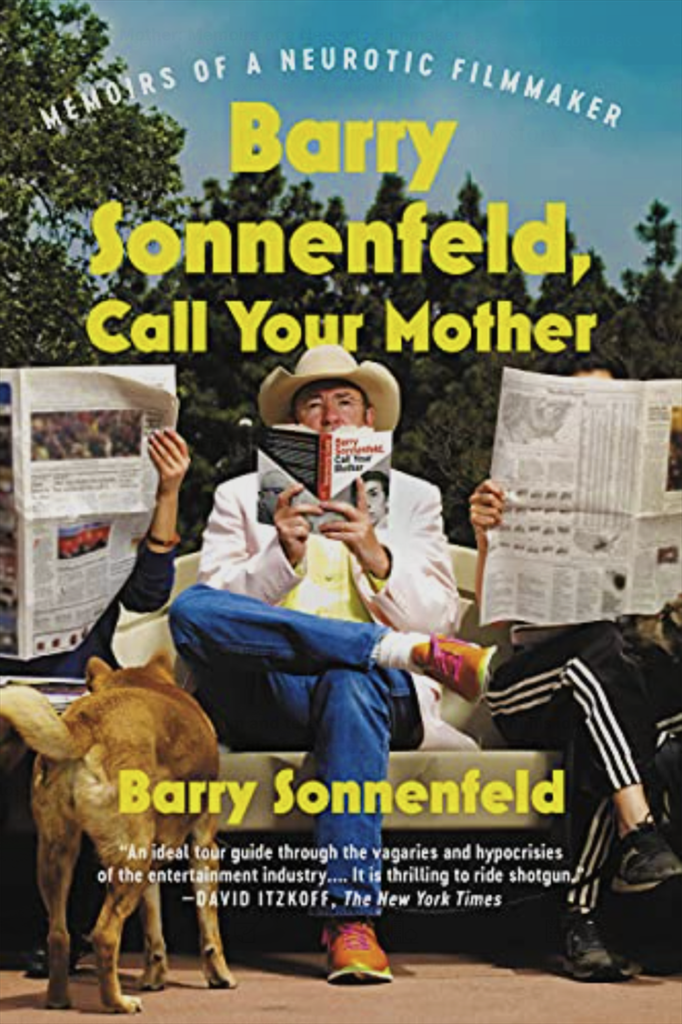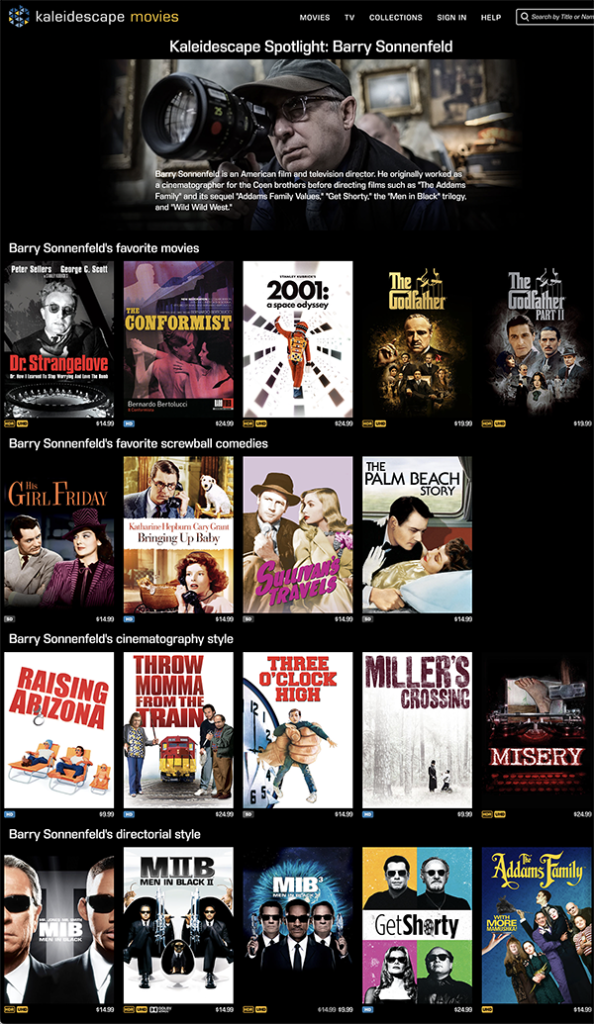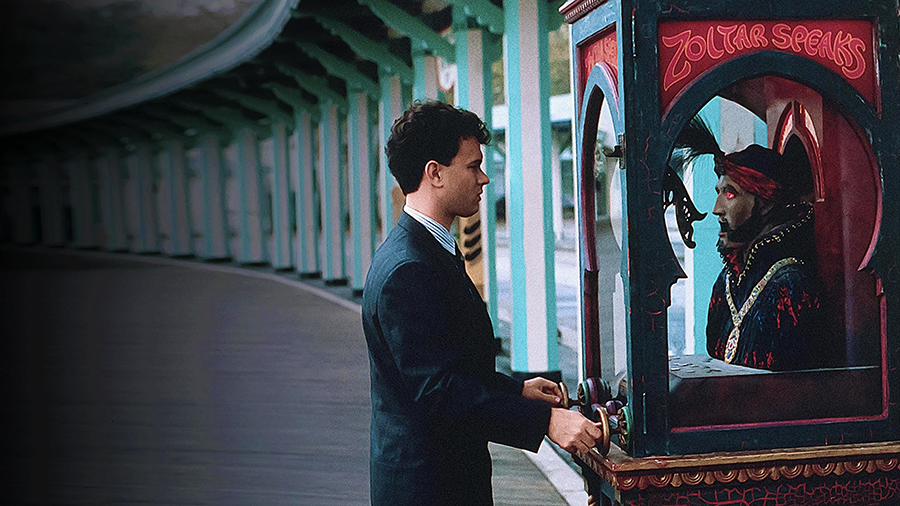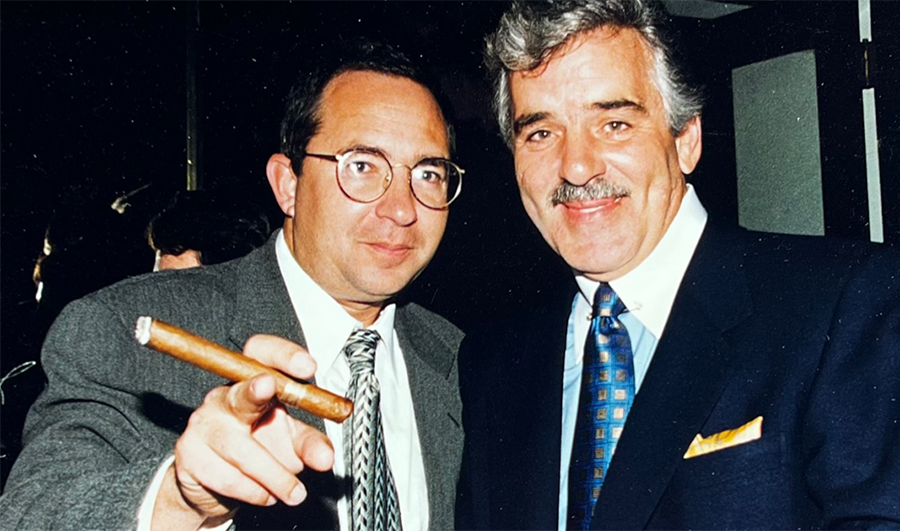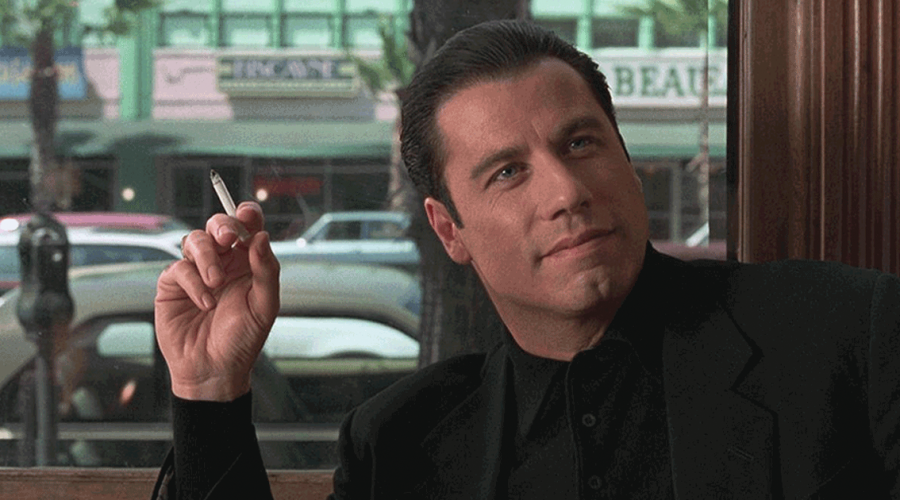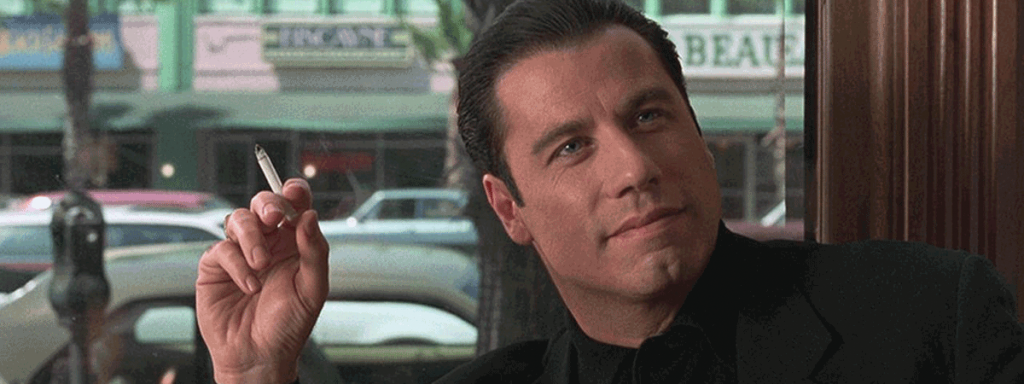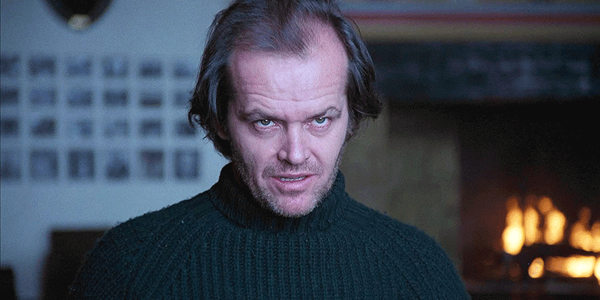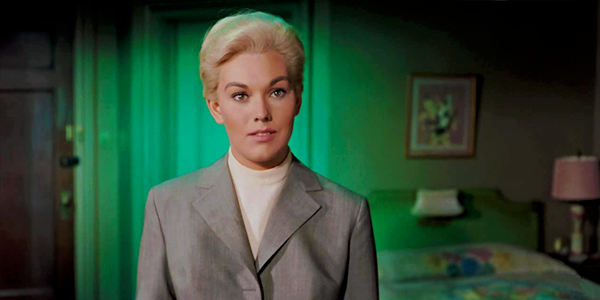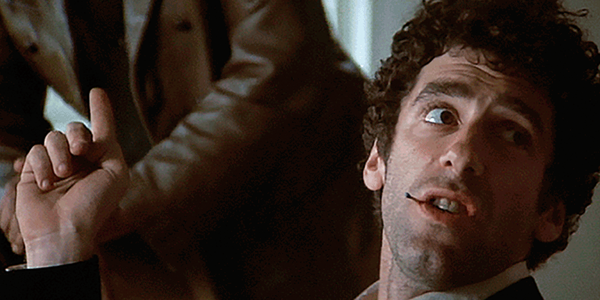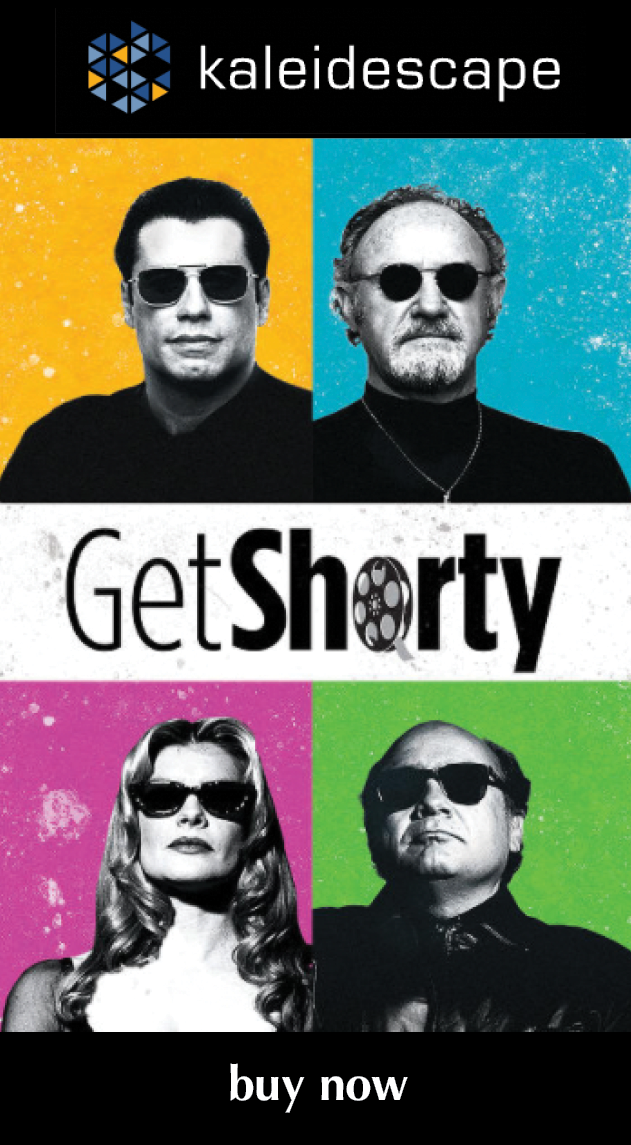Barry Sonnenfeld, A Life in Movies, Pt. 2
Barry Sonnenfeld–A Life in Movies
part 2
How shooting major films like Blood Simple, Raising Arizona, Big, and Throw Momma from the Train led to Barry being asked to direct his first feature
by Michael Gaughn
July 24, 2023
above | Danny DeVito and Barry Sonnenfeld on the set of Throw Momma from the Train (1987)
After firmly establishing in Part 1 of this interview that Barry Sonnenfeld was never a big movie fan but found his way into the movies anyway by attending NYU film school for want of anything better to do, we here talk about how he became a first-rank cinematographer, by way of his innovative camera work on Joel and Ethan Coen’s low-budget first feature, Blood Simple, and then instantly leapt into the first rank of directors, thanks to Terry Gilliam and Tim Burton both taking a pass on The Addams Family.
It seems like the making of Blood Simple pretty much falls in line with the rest of the arc of your career. You and the Coens had never done a feature film before but you all decided to jump in with both feet without a ton of experience.
We had no experience at all. Joel and Ethan did love films and had shot their own Super 8 stuff, but mainly what we had is pre-production. What we lacked in experience, we made up by controlling every single thing so we would never be on the set standing with our arms crossed, wondering where we should put the camera. Everything was designed.
To this day, both as a cinematographer and as a director, I publish all the shots for the whole movie so everyone has them. That way, the grips can come to me in pre-production and say, “Hey, Barry, on Day 12 where it says ‘boom up,’ is that a dolly boom up or do we need a crane for that?” And, “Or, do we need a cheap crane or do we need a Technocrane, or can we lay track, or are we gonna—“
I do that because I’m so nervous. It’s the same reason why I get to the airport four hours before boarding time—not even departure time. Boarding time. I want to be prepared. And Joel and Ethan and I learned that if you’re prepared, you just get that many more setups in a day and it looks that much better.
Also, Blood Simple was a perfect first movie because it’s very claustrophobic, doesn’t have a lot of extras, doesn’t have big stunts, doesn’t have crazy squibs and shootouts and stuff like that. It’s a very contained, small movie, which was perfect for our budget and schedule—although people are amazed that, as first-time moviemakers, we had 42 days to shoot that in, which is a lot for a low-budget film. We alternated six- and five-day weeks.
But the bigger thing we learned, by accident, is decide what you want to be and declare yourself that. You know, I never worked my way up through union positions—from loader to clapper to focus puller to operator to second-unit DP to DP. That would have been 15 years. I just said, “I’m a DP,” Joel said, “I’m a director,” Ethan said he’s a producer.
We talked about how you’d really wanted to be a photographer/writer and kind of stumbled into film school and cinematography. It seems like your path to directing was pretty similar.
I wanted to be an architect but there’s too much math—or a DJ, but my voice is not good for radio. Maybe an astronomer—but, again, too much math.
Yeah, I really was not one of those guys that loved films. When I was at film school, there were certain films I did really love, like Scorsese’s Mean Streets and Taxi Driver. Not much of a fan of Raging Bull, actually. Although the boxing stuff was phenomenal, some of the scenes between Joe Pesci and De Niro felt like improv exercises no one had edited properly.
So I think the reason I was hired to direct Addams Family—because again, as you point out, I was not looking to be a director. I had a very successful career as a cinematographer. I felt I was in control of my profession. I felt if I wanted something to look a certain way, I could achieve that goal. So I was in a really good place.
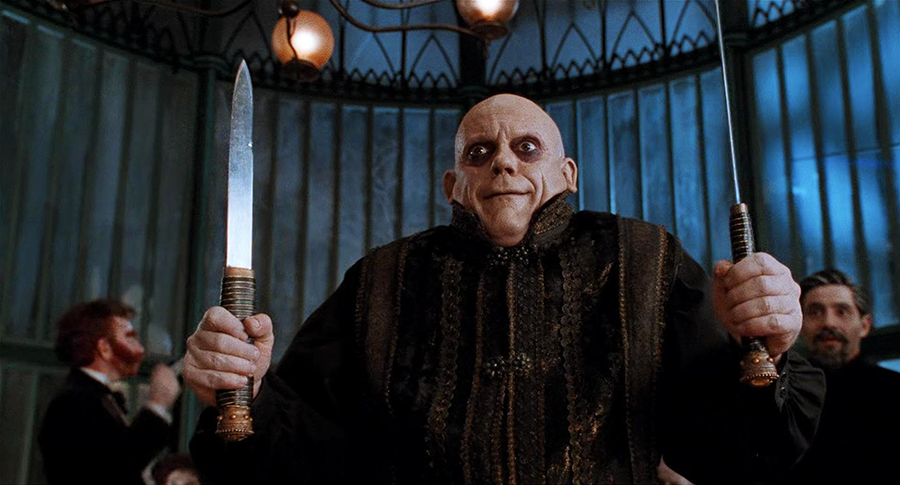
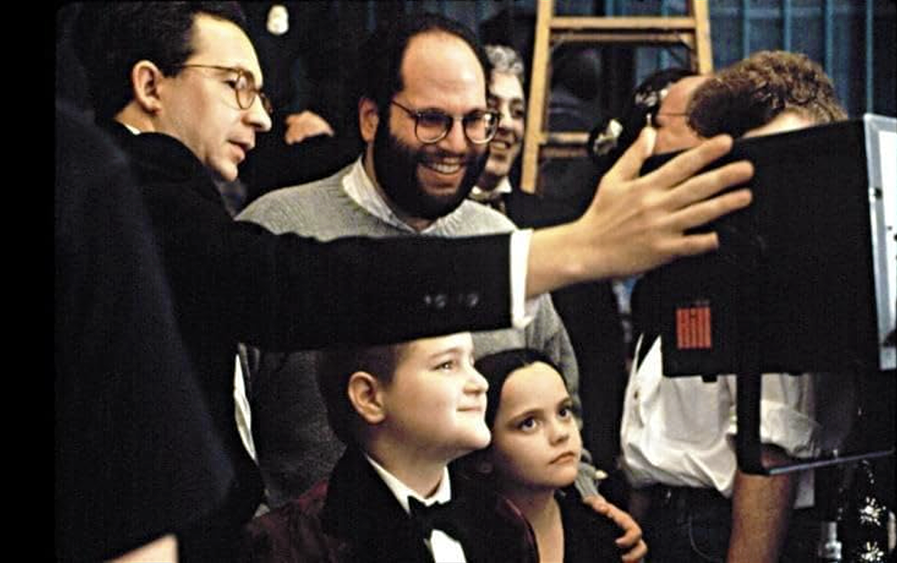
But Scott Rudin realized he wanted Addams Family to both be a funny comedy and to have a visual style, and 95 percent of most comedies meant bounce a light into the ceiling so you get an exposure, start shooting, and have the actors be funny. But Scott wanted a really stylized, visually stunning movie, so he tried to hire Tim Burton and Terry Gilliam. Both good choices. But they both turned it down.
In any case, Scott was the president of production at Fox when I shot Big and Raising Arizona. So what Scott knew when he saw Raising Arizona is that, along with the Coens, I really knew how to stylize a comedy. I mean, Raising Arizona looks unlike almost any other comedy I’ve ever seen. And then, because he was the head of the studio when I shot Big, he had heard all the stories of how helpful I was to Penny Marshall in designing all the shots, in helping her understand where the camera should be to help make the edit work—
Which she didn’t really appreciate, it seems.
She didn’t appreciate it, but, you know, that’s OK. But she didn’t appreciate Tom Hanks’ acting either. “I never thought you were a good cinematographer but you picked a good film stock,” was her compliment to me. And hers to Tom—in the LA Times, no less—was, “I never thought Tom was a particularly good actor so I surrounded him with other good actors to make him look better.” Thank you, Penny.
Anyway, Scott thought he would take a chance and felt I might make a good movie for him because of the way I stylized comedies.
You talked in the book about how, when you were pitching Get Shorty to Elmore Leonard, you had to make sure he knew you weren’t going to make a “wacky” comedy.
That’s right.
Sign up for our monthly newsletter
to stay up to date on Cineluxe
You basically told him the same thing you said to me about Dr. Strangelove—all of the comedy has to spring from the premise.
Well, you know, Elmore, before he gave Danny DeVito and me the rights, was nervous because no one had successfully transformed one of his books into a movie because they never understood either the comedy, the surrealness, or the violence, and how you combine those things. And then here’s Danny DeVito, a comedy guy, and there’s me, a comedy DP on Raising Arizona and Throw Momma from the Train, and Elmore just wanted to make sure I was not going to turn it into some sort of wacky comedy. And I remember, on that phone call with him, me, Danny DeVito, and Elmore’s agent, I had to really let Elmore know that what makes his work so funny is that he’s not trying to be funny. People say stupid things, but not because they’re trying to be funny. It’s just because they’re idiots. But they play the idiocy as reality.
In the final part of the interview, Barry gives his insights into the art of cinematography and talks about a particularly momentous Macy’s commercial.
Michael Gaughn—The Absolute Sound, The Perfect Vision, Wideband, Stereo Review, Sound & Vision, The Rayva Roundtable, marketing, product design, some theater designs, a couple TV shows, some commercials, and now this.
© 2023 Cineluxe LLC
